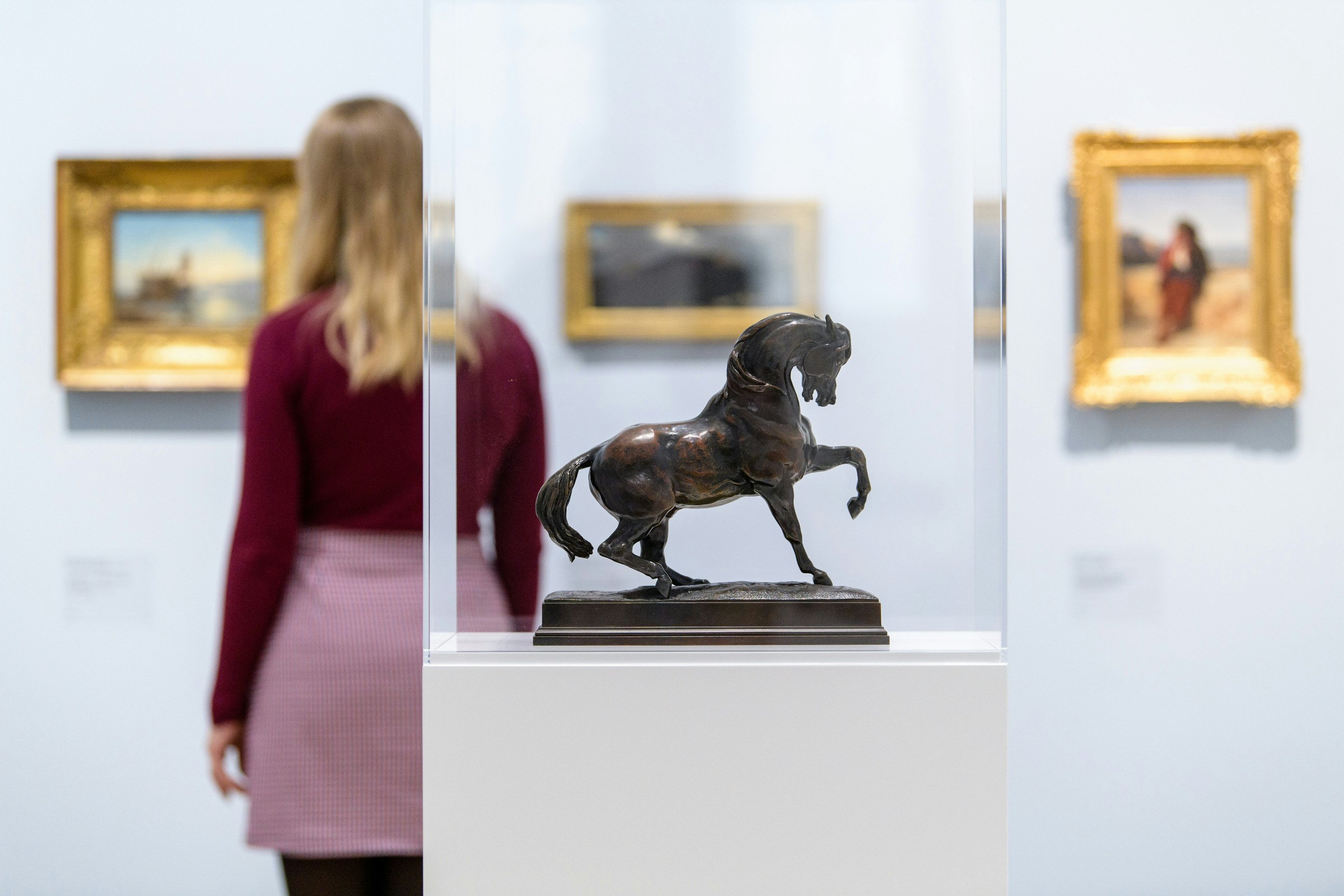
The 30 best countries, cities and regions to visit in 2025

The Alte Pinakothek houses one of the most important art collections in the world © Nenad Nedomacki / Shutterstock
Think of the art scene in Germany and Berlin is probably the first city that springs to mind. While there is no doubt that the capital is a hub of talent, other places boast a strong set of institutions too. Munich is home to some of the country’s biggest museums and most important collections, attracting creative minds from around the world. Here are some artistic highlights not to miss.
Local tip: As part of Bavaria’s public art collection, the first five museums on this list only charge €1 for admission on Sundays.

On display in a neoclassical building built between 1826 and 1836, the Alte Pinakothek collection is said to be one of the most significant in the world and covers the European art movements from the 14th to the 18th centuries. Expect big German names such as Dürer as well as the Renaissance greats.
The Neue Pinakothek is all about the 19th century, and houses masterpieces from Claude Monet, Vincent van Gogh and Paul Cézanne. Originally completed in 1853, the building was destroyed during WWII. Rather than rebuild the original structure, it was redesigned in a postmodernist style and opened in 1981.
Note: The Neue Pinakothek is currently closed for renovation work, but you can still view some of the collection at the Alte Pinakothek and Sammlung Schack until it reopens in 2025.

A final Pinakothek for good measure: Pinakothek der Moderne is an open and airy space, designed by German architect Stephan Braunfels. Opened in 2002, the building hosts four museums under one roof, covering architecture, graphics, applied design and 20th-century art. When it comes to art, Pinakothek der Moderne continues the logical timeline started by the others, showcasing work from 1900 onwards.
Museum Brandhorst has been adding to the city’s contemporary art offerings since 2009. It holds over 1200 pieces, covering the 1960s up to the present day. Highlights include pieces from American icon Cy Twombly and British artist Damien Hirst, not to mention the biggest Andy Warhol collection in Europe.
The building alone is worth a look. The box-like structure is almost completely covered in multi-coloured ceramic rods – 36,000 to be precise.

Housed in the former Prussian Embassy, Sammlung Schack is the place to come for 19th-century and late-romantic German paintings. It is named after the collector Count Adolf Friedrich von Schack.
This imposing building on the southern edge of the Englischer Garten (and on the same road as Sammlung Schack) is hard to miss. Built between 1933 and 1937, it was first opened to showcase what the Nazi Party regarded as Germany's finest art.
Today, Haus der Kunst has no permanent collection, but rather serves as an exhibition space for contemporary art – optimised by its high ceilings and large rooms.
Haus der Kunst stays open until 10pm every Thursday and is free of charge from 6pm on the first Thursday of the month. And the fun doesn’t end there: you can also grab a drink at the stylish Goldene Bar or head to an entrance on the left hand side of the building, which takes you to P1, one of Munich’s most famous nightclubs, supposedly popular with Bayern Munich players.

In the city centre, just a stone’s throw away from Marienplatz, you’ll find Germany’s first museum for street art. The relatively small space (it’s no Haus der Kunst) showcases urban and street art, as well as other contemporary art forms, in ever-changing exhibitions.
MUCA also has a sleek restaurant called Mural, a good spot to grab brunch amidst all this culture.
Lenbachhaus is located in the former residence of the artist Franz von Lenbach. And by residence we mean grand yellow villa.
Today it has a new wing designed by architect Norman Foster and is home to a large collection from the Blaue Reiter expressionist group founded in Munich, as well as contemporary art. Expect a good mix of international and local artists.
The gallery's restaurant, ELLA, has a large terrace overlooking Königsplatz which is great on a sunny day.

Elsewhere in town, another extravagant home, Museum Villa Stuck, offers an insight into the world of Bavarian artist Franz von Stuck and the chance to look inside the grand building in which he lived and worked. Villa Stuck also offers an interesting programme of temporary exhibitions, such as the retrospective 40 years VOGUE Germany.
For something a little different, head to Kunstverein München. Located in the historical arcades of the Hofgarten, this art association has a predominantly international outlook and showcases diverse emerging artists.
One of the oldest institutions of its kind in Germany, it is not only an essential part of the Munich art scene, but also recognised way beyond the city limits as an innovative platform for contemporary art.
The three Pinakotheks, Museum Brandhorst and Lenbachhaus are all located in the museum quarter of Munich, known as the Kunstareal. The others are all easily reachable in the city. MUCA is set to relocate to Dachauer Strasse but the exact date isn’t yet clear.
Bean hunting: 9 of the best coffee spots in Munich right now
The big cheers: Oktoberfest for first-timers
Top 10 free things to do in Munich